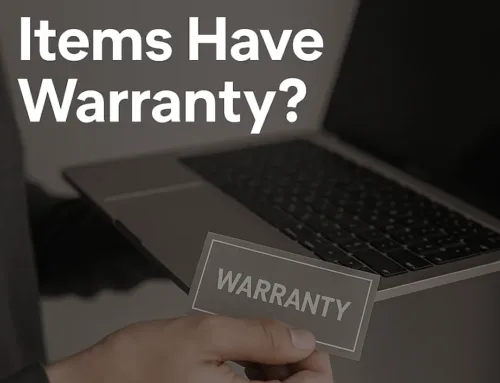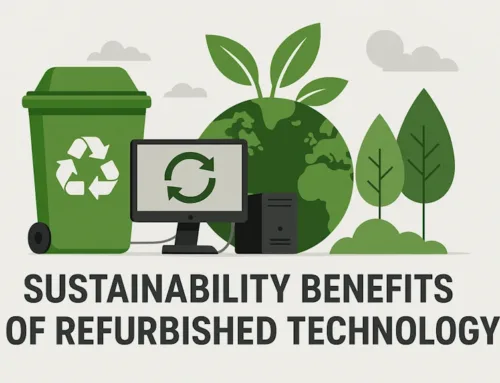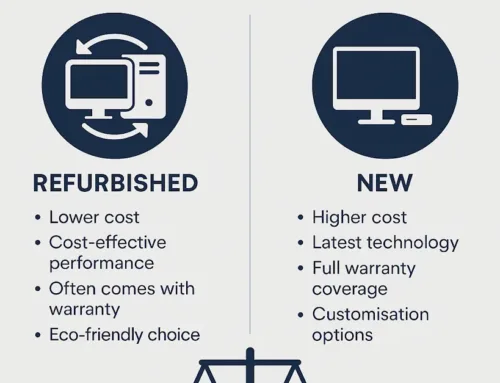What is IT Procurement?
In the fast-paced world of technology, IT procurement plays a crucial role in the success of businesses. From sourcing the right equipment to negotiating contracts, effective IT procurement practices are essential for achieving operational efficiency and driving growth. In this blog, we’ll explore the concept of IT procurement, discuss why it’s important, outline the best methods for procuring IT equipment, highlight the importance of understanding your needs, and address common challenges faced in the process.

IT procurement refers to the process of acquiring technology-related goods and services to meet the needs of an organisation. This includes purchasing hardware such as computers, servers, and networking devices, as well as software licences, cloud services, and IT consulting services. IT procurement involves strategic planning, vendor selection, contract negotiation, and ongoing management to ensure the organisation’s IT needs are met efficiently and cost-effectively.
Why It’s Important
Effective IT procurement is essential for several reasons:
Cost Management: By carefully selecting vendors and negotiating favourable terms, organisations can control costs and maximise the value of their IT investments.
Risk Mitigation: Proper procurement practices help mitigate risks associated with technology acquisition, such as vendor reliability, product quality, and compliance with regulations.
Operational Efficiency: Streamlining the procurement process improves operational efficiency, allowing organisations to deploy technology solutions quickly and effectively to support business objectives.
Strategic Alignment: IT procurement aligns with the organisation’s strategic goals by ensuring that technology investments support business objectives and drive innovation.
Important Notes on Procuring IT Equipment
Vendor Evaluation: Conduct thorough research to identify reputable vendors with a track record of reliability and quality products or services. Consider factors such as vendor reputation, experience, and customer reviews.
Request for Proposal (RFP): Issuing an RFP allows organisations to solicit bids from multiple vendors, providing detailed requirements and evaluation criteria. This ensures transparency, fairness, and competitive pricing in the procurement process.
Negotiation Skills: Effective negotiation skills are essential for securing favourable terms and pricing during IT procurement. Negotiate with vendors on various aspects such as pricing, delivery schedules, warranties, and support services to achieve the best possible outcome.
Lifecycle Management: Implement lifecycle management strategies to optimise the use of IT assets throughout their lifespan. This includes asset tracking, maintenance, upgrades, and disposal to maximise ROI and minimise risks.
Understanding What You Need
Before embarking on the IT procurement process, it’s essential to understand your organisation’s specific requirements and objectives. Conduct a thorough needs assessment to identify the technology solutions needed to support business operations and strategic goals. Consider factors such as:
– Current and future business needs
– Technical specifications and compatibility requirements
– Budgetary constraints and financial resources
– Regulatory compliance and security considerations
– Scalability and flexibility for future growth
By aligning IT procurement decisions with organisational needs and objectives, organisations can make informed choices that drive value and contribute to overall business success.
Common Challenges
At Techfident, we specialise in helping organisations navigate the complexities of IT procurement. Our team of experts can provide guidance and support throughout the procurement lifecycle, from needs assessment and vendor selection to contract negotiation and ongoing management. Whether you’re looking to upgrade your hardware, migrate to the cloud, or optimise your IT infrastructure, we’re here to help.
Give us a call today to discuss your IT procurement needs and discover how we can assist you in achieving your business objectives.




